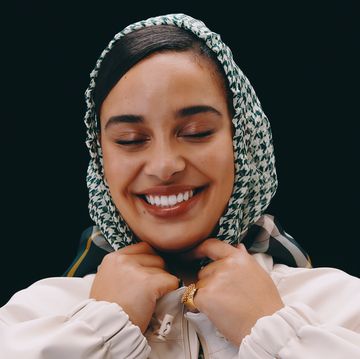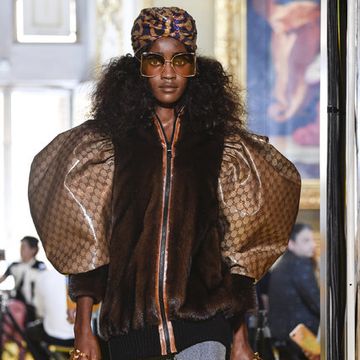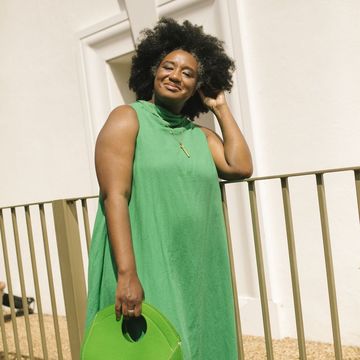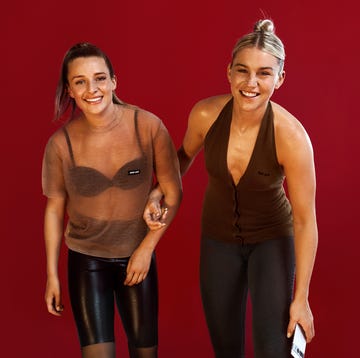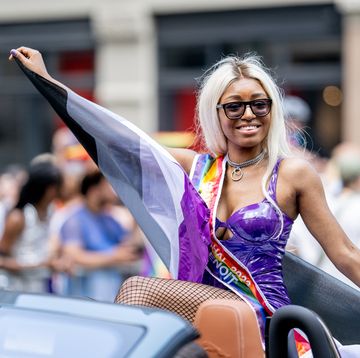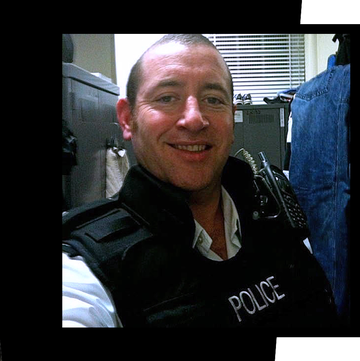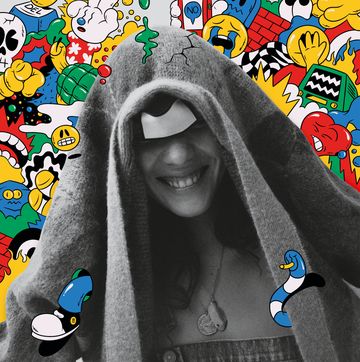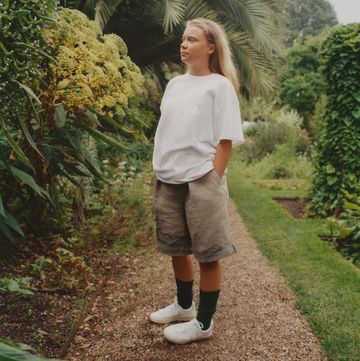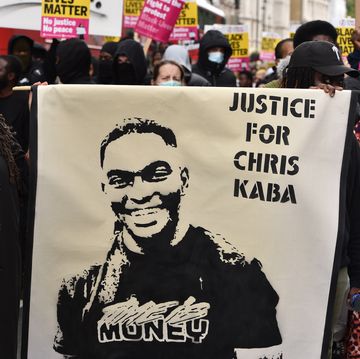According to my mother, when I was about five, I demanded to dress as a ballerina for Halloween. I'd never taken a ballet class, seen a ballet, been introduced to the art form or heard classical music. And yet, I wanted to be a ballerina.
After Halloween, I wore the same tutu every day until she hid it from me.
Halloween costume aside, nothing else in my life looked like it would lead to a career in ballet. There were a lot of odds working against me.
My mother raised me and my five siblings in southern California, where we lived in a motel and struggled to get food every night.
These things don't nurture a child to become a professional ballerina.
I didn't take my first dance class – free lessons on a local basketball court at an after-school club – until I was 13. I didn't see my first ballet until I was 15.
It was an American Ballet Theatre [ABT] production of Don Quixote starring the famous Argentine dancer Paloma Herrera. She became my idol from that point on. It's incredible to think that we went on to dance together at ABT.
When I was 15, my mother let me live with my dance teacher so I could be nearer my dance school.
My teacher had spotted me during one of the free dance classes, and recognized a strength, flexibility and ability to master steps quickly that was unusual for a beginner.
So, she brought me into her private school and I was dancing in pointe shoes within three months.
But I didn't realise how far behind I was until I went to an intensive summer programme at San Francisco Ballet, where I was put at the highest level. I also didn't really understand at the time that, throughout my training, I was the only black girl. In 2000, when I was 18, I moved to New York, joined the ABT Studio Company and it was the same. Finding my identity within the ballet world ate away at me.
I started to have doubts. Why me? Why am I more special than the other dancers of colour who came before me? At the same time, I was navigating the normal obstacles that any dancer encounters, such as injuries and the loneliness of being away from home.
It's not that I'm the best dancer to ever perform, but I have perseverance; I bring something special to the stage.
And I think a lot of it has to do with the fact that I'm a black dancer and I've had to fight to prove myself.
It brings out something different in my performance. At 32, and after five years with the company, I was promoted to principal at ABT in 2015.
Promotions will often be a complete surprise to the dancer. I remember I'd finished class and I was exhausted when I was told. It was so emotional; I was a ball on the floor.
I was the first black woman to become principal in the company's 75-year history.
I'm still coming to terms with the idea of being 'the first'. I remember the first time I met Barack Obama.
I visited the White House in 2013 with students from the after-school club where I first got started.
We were outside the Oval Office and my heart was pounding. Then, one of the Secret Service men opened the door, and out walked the president. He turned to me and bowed, while I curtsied. In 2016, I sat down with him again for Time Magazine, and we interviewed one another.
By that point, I felt pretty comfortable with him; I knew how important it was for us to do that. I understand that it's rare for a dancer to speak up and share her experiences. I thought it was my duty, being in an elite company like ABT, to have a voice.
When I did the Under Amour adverts and I was positioned as an athlete, all of a sudden there were men seeing ballet in a new way. It opened up a new world to both them and younger kids.
As a result, it's been incredible to see the change in ballet audiences. It's now so diverse, which isn't something I thought I'd see in my lifetime.
When I'm not touring or working with young dancers, I'm in rehearsal season in New York, where I live. I have ballet class in the morning for an hour and a half, and then rehearsals start at midday. Lunch break is 2-3pm, but often I dance through the break.
We rehearse until 5.30pm and then have a dinner break, when I ear fish and vegetables. I've stopped eating red meat and chicken, and I've noticed a big improvement in my energy levels and muscle mass; I now feel leaner and longer.
After dinner, we have a show at 7.30pm and leave the theatre at 11pm.
It's an extremely grueling routine, but I have so many opportunities that have changed the way I thought my life would unfold.
I know I'll never step away from ballet completely.
Misty Copeland's Ballerina Body: Dancing and Eating Your Way to a Lighter, Stronger and more Graceful You (£16.99) and Life in Motion: An Unlikely Ballerina (£9.99) are both released on 23 March by Sphere Publishing
This article originally appeared in the April issue of ELLE UK, on sale now.
Kenya Hunt is the Editor-in-Chief of ELLE UK. Her career spans working for some of the world's most influential women’s titles on both sides of the Atlantic from her post-graduate days as an Assistant Editor at the seminal magazine, Jane, to her time as Deputy Editor of Grazia UK and ELLE UK. As the founder of R.O.O.M. Mentoring, she advocates for greater diversity within the fashion industry by providing a supportive network for some of the many talented aspiring designers, journalists and image makers of colour London has to offer. In 2021, she was recognised by The British Fashion Council for her work and given a Global Leader Of Change Award at its annual Fashion Awards. An American based in London, she lives south of the river with her husband and two sons. Her critically-acclaimed book, Girl: Essays on Black Womanhood (HarperCollins/HQ), is out now.


